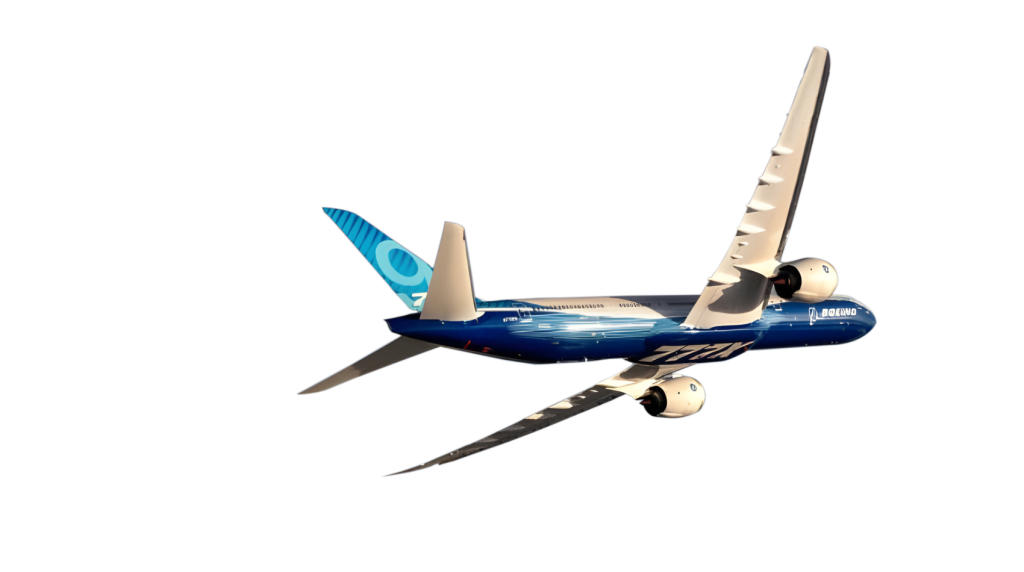Boeing sees demand for 1170 new commercial aircraft in Africa over next 20 years

Boeing sees Africa’s commercial aircraft fleet more than doubling over the 20 years to 2043, with 1170 new jets expected to have joined the fleet by 2024; driven by a young and rapidly expanding population.
The projections are contained in Boeing’s Commercial Market Outlook (CMO), with single-aisle jets expected to dominate deliveries at slightly over 800 units. The region will need 65 regional aircraft, 830 single-aisles, 260 widebodies, and 15 freighters.
Boeing’s forecast is more conservative than its European rival, Airbus, which sees deliveries of 1460 commercial aircraft over the same period. Both airframers however agree on the dominant role of single-aisles which Boeing puts at more than 70pc of all deliveries.
According to Boeing, passenger air traffic in Africa will increase 6.4pc annually, leading to a trebling of the region’s air traffic by 2043. This growth rate ranks Africa as the third highest among the ten regions tracked by Boeing.
“As demand for air travel rises, African airlines will need more single-aisle airplanes to efficiently serve many routes in the continent’s largest aviation markets, including Europe, the Middle East, and within Africa,” said Shahab Matin, Boeing managing director of Commercial Marketing for Middle East and Africa. “This growth will build on Boeing’s nearly eight decades of partnership with African carriers, as more than 60 airlines currently operate around 500 Boeing airplanes.”
According to the CMO, 82pc of deliveries will be for growth – the highest percentage of any region in the world. Africa’s freighter fleet will triple to support the region’s export markets and growing e-commerce, while aviation services across the continent will see 5.7pc average annual growth as the fleet more than doubles.
Concurrently Africa’s airlines will need to hire and train 76,000 new pilots, maintenance technicians, and cabin crew – tripling the region’s active personnel.

 Financial field-management solutions specialist Pebuu eyes global expansion after growing Ugandan footprint
Financial field-management solutions specialist Pebuu eyes global expansion after growing Ugandan footprint
 Airbus makes major moves in Africa
Airbus makes major moves in Africa
 NSSF records UGX 2.53 trillion in earnings for 2023/24
NSSF records UGX 2.53 trillion in earnings for 2023/24
 Two major US magazine titles recognise Standard Bank Group
Two major US magazine titles recognise Standard Bank Group
 Uganda architects set for construction symposium September 20
Uganda architects set for construction symposium September 20
 Talent development and market liberalisation are key to unlocking Africa’s aviation potential -Boeing Africa managing director Henok Teferra Shawl
Talent development and market liberalisation are key to unlocking Africa’s aviation potential -Boeing Africa managing director Henok Teferra Shawl
